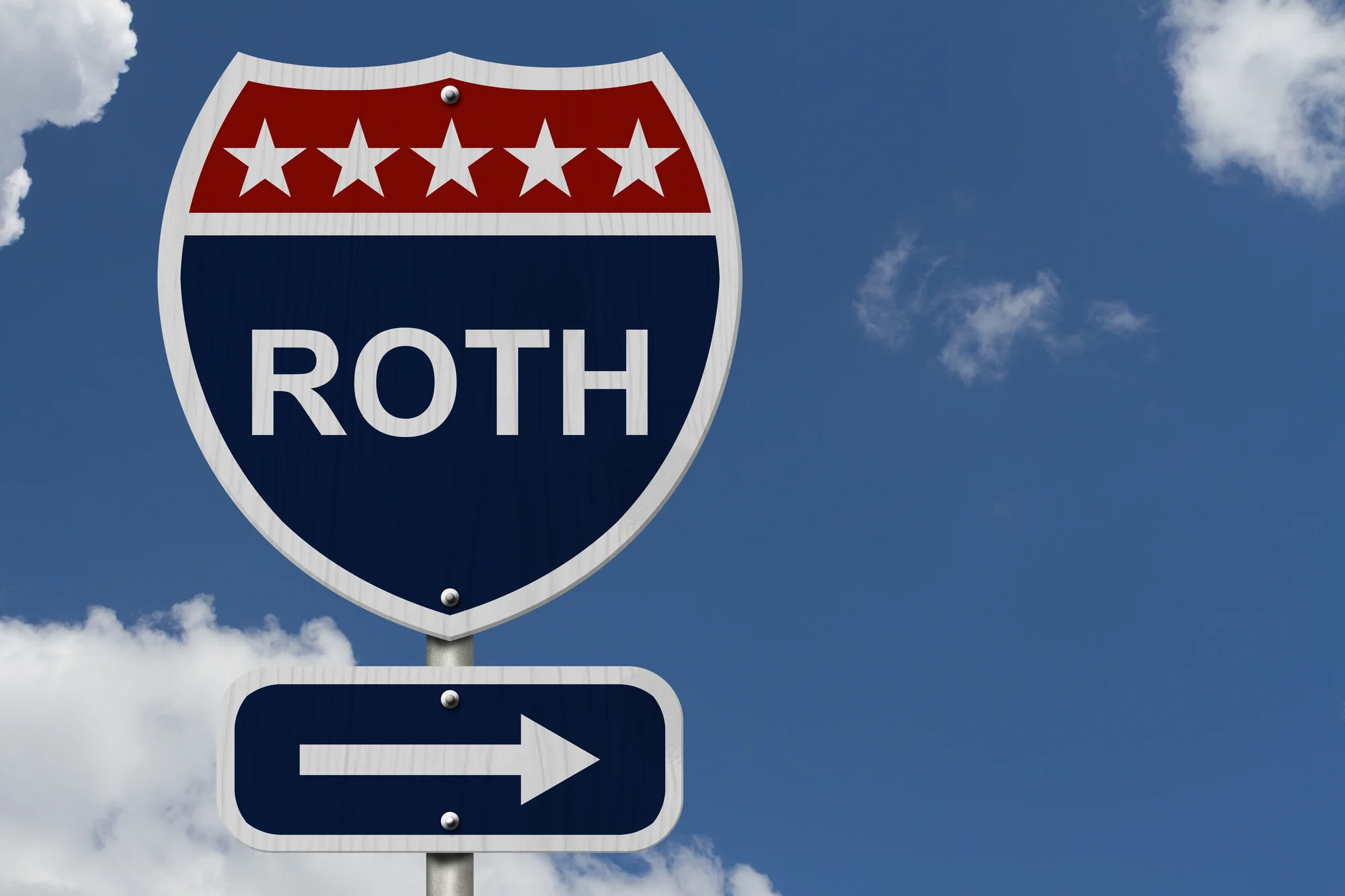A simple rule change can make it much easier to manage your money throughout your retirement.
Since it first became available in 2006, the Roth 401(k) has been a great plan for saving for your retirement. It allows you to invest after-tax money directly from your paycheck into an account that then grows tax-deferred. Once you reach age 59 1/2 and have had a Roth 401(k) funded for at least five years, you can withdraw your money completely tax-free.
That automatic investing, tax-free withdrawals, and a fairly high annual limit (in 2023, it’s $22,500 for people under age 50, and $30,000 for those age 50 and up ) make the Roth 401(k) attractive for savers.
The big downside of a Roth 401(k), however, has traditionally come in retirement. Historically, Roth 401(k)s have been subject to required minimum distributions (RMDs) that force you to take money out of that tax-advantaged plan once you are old enough.
Fortunately, that requirement is soon going away. Once 2024 rolls around, Roth 401(k) plans will no longer be subject to RMDs during the original account owner’s lifetime. That rule change means that your Roth 401(k) is about to become a much better retirement plan.
This opens up opportunities
Before this change, Roth IRAs were the only retirement-focused accounts that both allowed for tax-free withdrawals in retirement and let you keep your entire balance in the account throughout your life. For higher earners, getting money into a Roth IRA is a bit more complicated than getting it into a Roth 401(k), due to income limits on direct Roth IRA contributions. That can make it more challenging for many people to build a nest egg inside a Roth IRA.
Now that Roth 401(k) plans will soon be exempt from those RMDs, it becomes possible to build that lifelong source of tax-free retirement cash without going through an IRA. That is huge, for a number of reasons.
First, 401(k) plans typically have better legal protections than IRAs do. As a result, there is a very limited set of circumstances under which your 401(k) can be forcibly tapped to cover your costs or legal settlements. If all goes well, those legal protections will never be needed, but if something happens, you’ll be very glad you have them in place.
Next, 401(k) investments — including Roth 401(k) investments — can be made directly out of your paycheck and have larger contribution limits than IRAs do. That $22,500 or $30,000 401(k) annual limit compares very favorably to the $6,500 or $7,500 limit for IRAs. The combination of automatic investments plus higher limits makes it possible to amass a much larger nest egg much faster than in an IRA.
Lastly, because of those aforementioned income limits, for higher-income individuals to put money into a Roth IRA generally requires some sort of conversion. While those conversions can be straightforward, the taxes can be surprisingly high if you don’t have all your ducks in a row.
On the flip side, the only income limits on Roth 401(k) contributions are those associated with “highly compensated employees” (which generally still allow some contributions). As a result, it’s often easier to put money into a Roth 401(k) plan than it is to put it into a Roth IRA.
And if you have money in a traditional 401(k), you can convert it into a Roth 401(k), either all at once or over time, as long as the employer plan containing your 401(k) allows it. As a result, ending RMDs on Roth 401(k) plans means your 401(k) can become much more of a one-stop-shop, simplifying your overall retirement plan.
Get started now
Eliminating RMDs on Roth 401(k)s can be a great boon to your retirement plan. Still, it’s important to start early to be able to efficiently make the most of this change. So make today the day you put your plan in place to take advantage of this new rule. The sooner you get started, the better your chances are of being able to leverage this change to maximize the overall value of your retirement plan.
Our credit card experts have spoken! The award for Best No Annual Fee Card goes to…
This top-rated card offers unlimited cash rewards, a generous intro APR offer on purchases and balance transfers, and still sports a $200 welcome bonus.
Those are just some of the reasons why our credit card experts awarded this credit card Best No Annual Fee Card of 2023 after reviewing it. And remember: Some credit cards can protect against fraud better than debit cards and can help you raise your credit score when used properly. Note: While it doesn’t influence our opinions, we may receive compensation from products appearing here.

